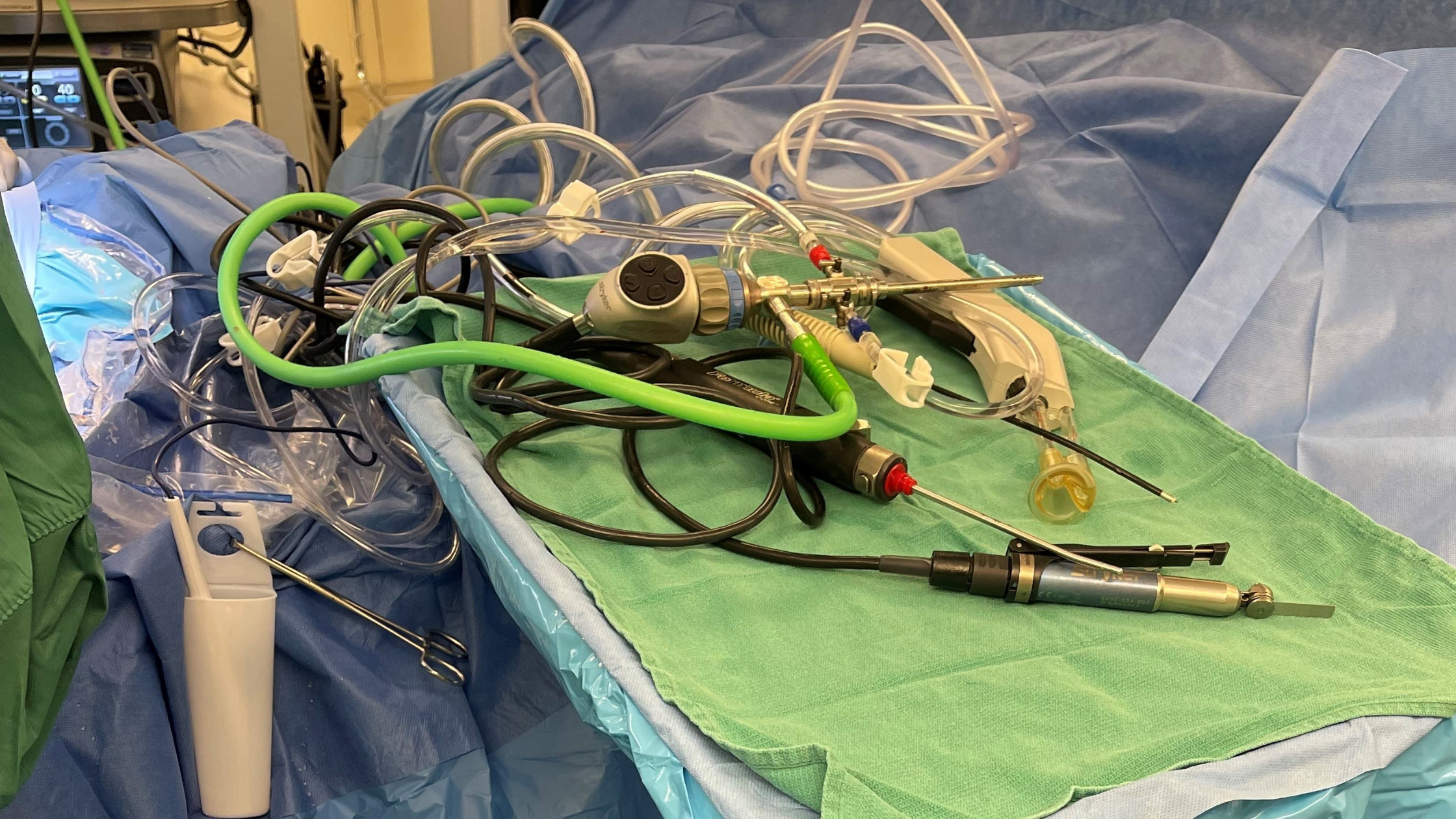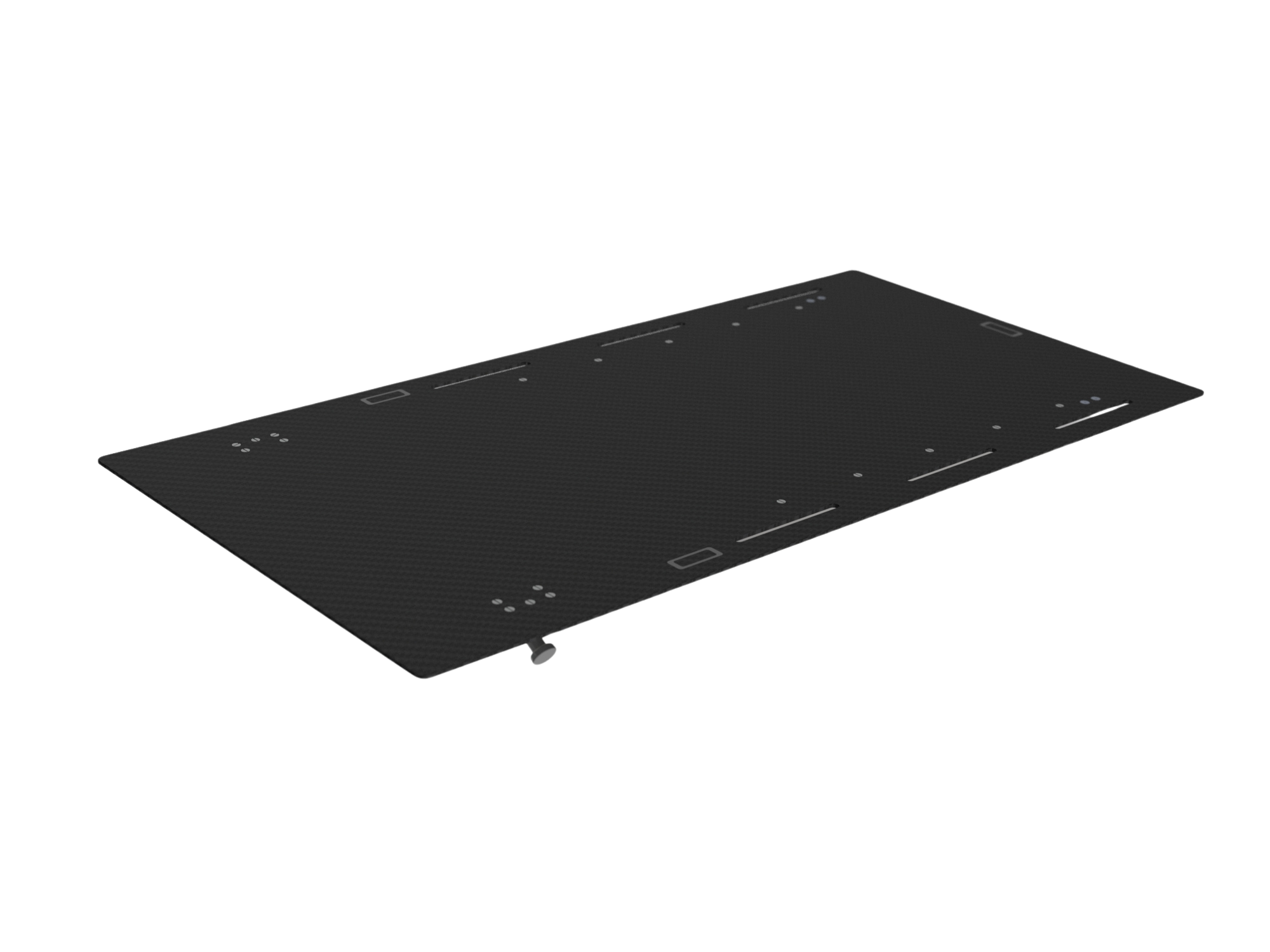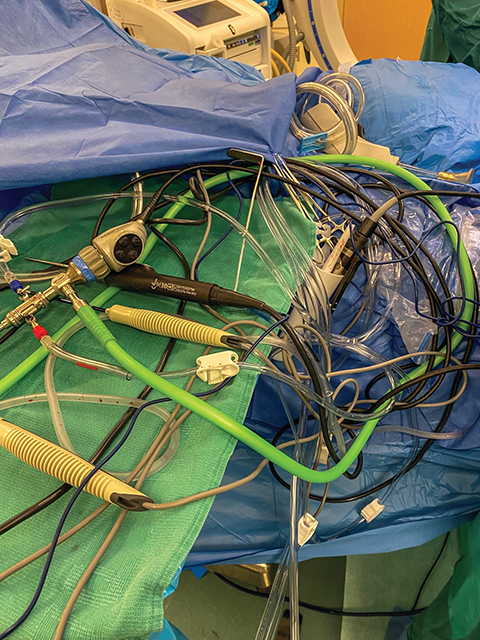4 min read
How to Eliminate Cord Chaos & Contamination in the OR, Part 2: How Cord Management Increases Efficiency
Domico Med-Device October 24, 2023
This is Part 2 in a 3-part series on strategic cord management in the operating room. Part 1 offered an overview of the safety risks of poor cord management. In Part 2, we’ll show you how proper cord management increases efficiency.
Inefficient cord management in the operating room not only leads to frustration among healthcare workers but also results in extended procedure times. Proper cord management is essential in enhancing efficiency within operating rooms by streamlining processes and eliminating unnecessary delays. By implementing strategic cord management practices, hospitals can ensure a smoother workflow, quicker turnover between procedures, and ultimately improve patient outcomes.
How to Increase OR Efficiency with Cord Management
Strategic cord management plays a crucial role in enhancing the efficiency of operating rooms by streamlining processes and reducing unnecessary delays. By facilitating faster setup, ensuring smoother surgeries, and enabling quicker turnover, proper cord management not only optimizes the workflow but also contributes to improved patient outcomes and overall operational success.
1. Faster Set Up
Surgical techs have a sense of urgency to set up quickly, yet many existing cord management “solutions” do not facilitate speed or organization. Bundling cords together and adhering them to the PT drape or mayo allows techs to set up faster and eliminates tangles.
Techs can organize cords for specific procedures or according to personal preference. For example, they can:
-
Organize by disposable and non-disposable cords
-
Bundle like instruments to create one working piece at the surgical site (for example, bundling the camera, light cord, and inflow/outflow tubing together)
-
Organize instruments based on where they lead (for example, to the right or left side of the OR table)
Ultimately, strategic cord management lends surgical techs the flexibility to organize for optimal efficiency.
Effective cord management begins with a clear plan and understanding of the surgical workflow. Each team member should be trained on the cord management protocol, ensuring that everyone is on the same page. This reduces confusion and streamlines the setup process, allowing surgeries to start on time and proceed without unnecessary interruptions.
2. Smoother Surgery
Poor cord management compromises sterility because it creates a chaotic and disorganized environment in the operating room. Tangled cords not only hinder the surgeon's movements but also pose a risk of pulling them out of the sterile field, potentially contaminating the surgical site. Additionally, long apparatuses that are not properly managed can easily slip out of the sterile field, further jeopardizing the sterility of the environment.
Moreover, the use of metal clamps to attach cords can inadvertently tear the protective PT drapes, exposing the surgical area to contamination. This not only disrupts the flow of the procedure but also increases the risk of infections and other complications for the patient. As highlighted in Part 1 of this series, the time spent replacing compromised apparatuses, cords, and drapes due to poor cord management can significantly extend the duration of surgeries, impacting both the patient's well-being and the overall efficiency of the operating room.
By implementing strategic cord management practices, such as organizing and securing cords in a systematic manner, hospitals can mitigate these risks and create a smoother surgical experience. Untangled cords allow surgeons to focus on the task at hand without unnecessary distractions, ultimately leading to safer and more efficient surgeries. This not only enhances patient outcomes but also contributes to a more streamlined and effective workflow in the operating room.
3. Quicker Turnover
Poor cord management increases the time it takes for techs to untangle and reorganize cords between procedures, causing unnecessary delays and compromising efficiency.
Strategic cord management eliminates tangling, making post-surgery tear-down and clean-up faster and easier. This saves time between procedures, enabling hospitals to serve more patients, conduct more procedures, and increase organizational efficiency.
Quick turnover is crucial in high-demand surgical environments. By reducing the time needed to reset the operating room, hospitals can increase their surgical throughput, accommodating more patients and reducing wait times. This not only improves patient satisfaction but also boosts the hospital's bottom line.
Strategic Cord Management for Efficiency
Cord management is a consistent challenge in the OR, and some ingenuitive techs have resorted to wrapping cords in towels and securing them with extra clamps. However, a better solution is to use a cord management drape inspired by those makeshift designs.
Cord management drapes are made from clear, impervious materials that safeguard against contamination while allowing techs to see the cords. They can be adhered to the mayo or PT drape via an adhesive, eliminating the need for metal clamps that can tear PT drapes. Techs can secure the bovie holster to the cord management drape and place suction and procedural tools in a pocket when they’re not in use, keeping them in the sterile field. In this manner, cord management drapes provide a quick, efficient way for techs to organize cords, prevent contamination, and conduct procedures more efficiently.
Moreover, cord management drapes can be customized to suit the specific needs of different surgical procedures. This flexibility allows techs to create an optimal setup for each surgery, ensuring that all necessary tools and cords are easily accessible and organized. By using these specialized drapes, hospitals can standardize their cord management practices, leading to more consistent and efficient surgical operations.
Next Step
Discover how strategic cord management can save hospitals and patients money in Part 3 of this series.
In conclusion, proper cord management is not just about keeping the operating room tidy; it is about enhancing the overall efficiency of surgical procedures. By reducing setup time, ensuring smoother surgeries, and speeding up turnover, strategic cord management plays a vital role in optimizing the workflow of operating rooms. Hospitals that invest in effective cord management solutions will find that they can improve patient care, increase the productivity of their surgical teams, and ultimately achieve better financial outcomes.
As healthcare facilities continue to seek ways to enhance operational efficiency and patient safety, the importance of strategic cord management cannot be overstated. By addressing the challenges of cord tangling and contamination head-on, hospitals can create a more organized and efficient surgical environment that benefits both patients and healthcare providers. With the right tools and protocols in place, strategic cord management can become a cornerstone of successful surgical practice, driving improvements in efficiency, safety, and overall quality of care.

How to Eliminate Cord Chaos & Contamination in the OR, Part 1: Safety Risks of Poor Cord Management
This is Part 1 in a 3-part series on strategic cord management in the operating room. In Part 1, we’ll offer an overview of the safety risks of...

Enhancing Surgical Precision and Patient Comfort: The Role of Surgical Table Extenders
In the realm of modern surgery, precision and patient comfort are paramount. Achieving optimal surgical outcomes hinges on a multitude of factors,...

